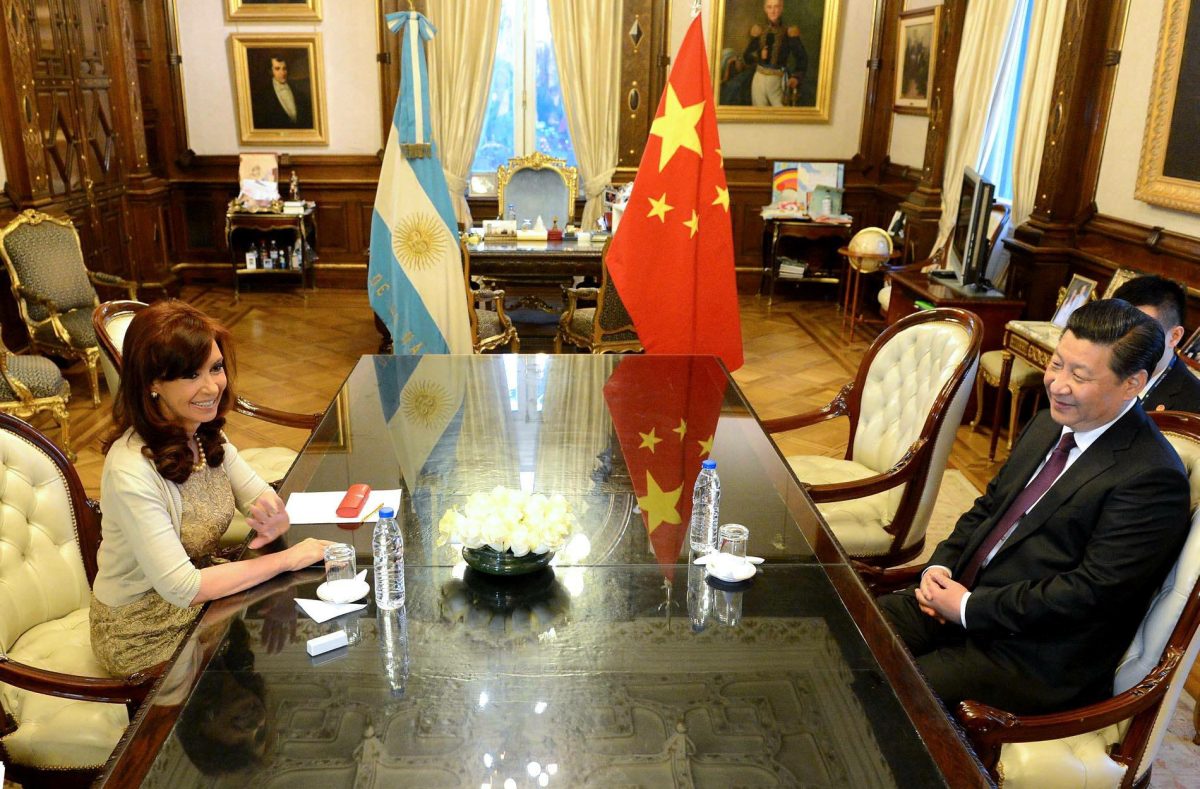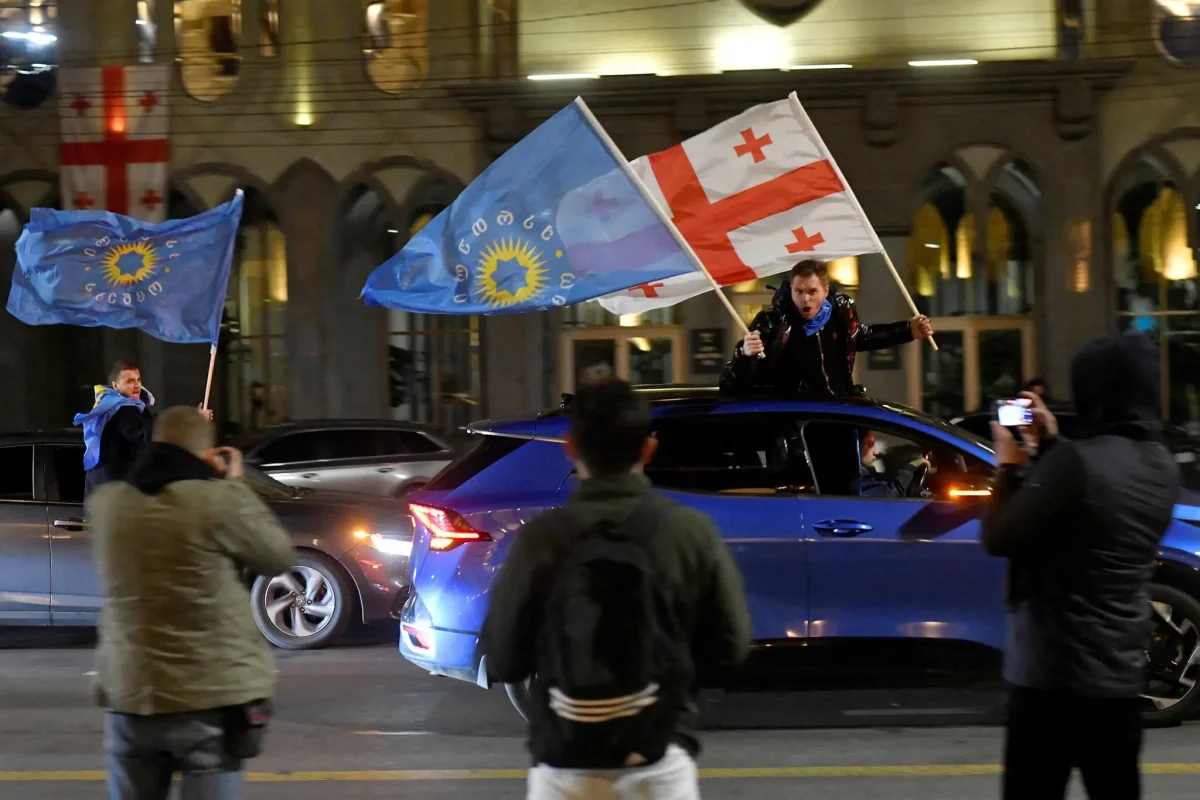July 1, 1898 — An overwhelming force of American rough riders (a volunteer unit in the US cavalry) stormed the Spanish bastion of San Juan Hill in Cuba, defeating Spanish troops, securing a significant victory in the invasion of Cuba. Leading their charge was the renowned rough rider commander, Theodore Roosevelt, future President of the United States. San Juan Hill is symbolic of the U.S. subjugation of the Americas, perhaps because it is one of the few widely known battles of that widely unknown part of US history.
When he became president following William McKinley’s assassination, Roosevelt pursued American influence-building in the Americas. One by one, the US kicked out the regional power players and created the ‘Banana Republics’. American power was felt as Germany, Spain, Italy and the United Kingdom were kicked out of Cuba, Venezuela, Panama, Nicaragua, Puerto Rico, Honduras, Haiti and the Dominican Republic. Pacific territories like Guam and the Philippines were seized, projecting American influence to the farthest reaches of the Pacific.
February 2015 — Xi Jinping, China’s new President, is doing a bit of influence-building of his own. In the 1980s, the Chinese Central leadership chose to open up its economy to the world. Since then, China has dominated the industrial sector, among many others, by supplying cheap labor and more importantly, minimal environmental protection oversight for global companies. Iconically, American companies like Apple, Intel, Levi’s Jeans, General Electric and IBM have outsourced their factories, some using subcontractors notorious for labour rights abuses.
Since then, China has become an economic powerhouse, using asymmetrical advantages and unchallenged misconduct like the use of protectionist tariffs and currency manipulation to boost exports. Now that China has become the world’s premier economy, the Empire of the Middle now desires to become the Empire of them all. Like Teddy Roosevelt, Xi Jinping is out on an expedition. But rather than targeting his own neighbors Vietnam, Japan and Korea (who have already resisted his influence), Mr. Xi is hitting his American competitors in its neighborhood of Latin America.
Latin America as a whole has experienced serious economic stagnation and political upheaval. Argentina, a country that has never been able to find a balance in its economy, is suffering as per usual from ineffective political leadership and economic troubles. President Cristina Fernandez de Kirchner has proven her incapacity to be a strong leader who can pull her country out of its troubles. Her country’s economic freedom ranking has declined over time, the Central Bank reserves are a meager $28 Billion, economic growth is stagnant, and her country’s top export, soybean, has seen its price drop significantly. In short, Argentina’s economy is a mess with no end in sight. In 2001, Argentina declared its default and once again, it appears the this is likely to happen again. To bolster Chinese power in the region, Xi Jinping agreed to a $11 billion currency exchange with Argentina. This provides greater flexibility in Argentina’s options on how to revive the national economy.
Further north, Venezuela is in the midst of street riots and political instability. Cuba continues to suffer from the trade embargo with the U.S., and Nicaragua continues to be highly mismanaged and suffer from high rates of crime, corruption and poverty.
In July of 2014, Xi Jinping signed a deal with Nicolas Maduro, the former bus driver who is now Venezuela’s president. This deal provides some relief to the crisis-ridden economy. As part of the deal, China provided a $4 billion line of credit to Venezuela and agreed to pay $691 million to explore Venezuela’s oil reserves and gain access to Venezuelan oil products. This deal came at a critical moment in Venezuelan history, as it currently appears that popular revolt may dethrone the Chavist government of Venezuela. Chinese support in the future may be the key to restoring order. The oil deal is particularly attractive to China, where crude oil makes up 14% of all imports, because good relations with Venezuela provides greater stability than what the Arab world has to offer.
What better prey is there for the Red Dragon?
China has made very aggressive inroads into South America, and perhaps the most notable and concrete of examples is Nicaragua. The Chinese government benefits from particularly (and possibly suspiciously) friendly relations with Nicaragua’s President Daniel Ortega, who has allegedly received bribes from the Chinese, according to opposition.
With this influence, a settlement was reached to build perhaps the largest civil works project in history: the Nicaragua Canal. Such a canal would directly mimic the purpose of the American built Panama canal further south (uniting the Pacific and Atlantic). This canal, whose construction started in December 2014, has been privately funded, the price tag being an immense $40 billion dollars with little hope of significant profitability.
Wang Jing, a major shareholder of the company financing and developing the canal, HKND Group, has said the company successfully raised a whopping $40 billion dollars from public investment. This claim casts doubt over the legitimacy of HKND’s honesty.
Mr. Jing’s claim has led some to suspect HKND of being a front for the Chinese government. This suspicion would not be unreasonable as Wang Jing’s $8 billion fortune finds its roots in uncertainty, and so does the money he used to hostilely take over Xinwei, a Telecom, a sector of business Jing has admitted having no ‘prior experience in’.
So back to Nicaragua, the claim that China is financing the project is further substantiated by the advantage this immense project gives China:
1) It hurts American-backed Panama and gives Chinese commercial fleets better rates for inter-ocean travel.
2) PLA Navy Ships would potentially be able to pass through, thereby giving China the ability to play gunboat diplomacy in Africa and the Americas, as President Roosevelt did in the Philippines, the Caribbean and Central America.
3) The estimated combined profitability of this canal is inferior to $1 billion, making this the kind of project that only a national government with national interest in mind would undertake.
4) China’s regional influence would increase exponentially, and Nicaragua could become a Chinese satellite state. In an Eisenhower-domino theory, other states in the region could follow.
Similarly to what Roosevelt did, Xi Jinping flew to Havana to meet Raul Castro, president of Cuba, an authoritarian Marxist island sitting 92 miles south of the Florida Keys. Once again, this was no random decision. Cuba has for a very long time has suffered from the American embargo which started when Soviet Premier Khrushchev attempted to place nuclear warheads on the Caribbean island nation in 1962. This country has been battered by economic isolation and Marxist policies. Chinese relief might buy another country into the Chinese sphere of influence.
Furthermore, last year the BRICS, a conglomerate of the great developing nations of the planet (Brazil, Russia, India, China and South Africa), created a $100 billion fund (which is more than what the World Bank and Bill & Melinda Gates Foundation have combined) with which they can resist American influence. This fund, mostly paid for by none other than Mr. Xi’s country, is designed to be pulled from so that BRICS and friends can seek help rather than going to ‘western-backed’ agencies like the World Bank or IMF. I have no doubt in my mind that China can make great use of this fund to acquire pawns in the formerly US-backed Hispanic world.
Moreover, China is now both Chile’s and Brazil’s largest trade partners. Chinese-Latin American trade has skyrocketed by 1500% (Americas Quarterly) from 2000 to 2010. Investment from China has also reached an all time high (while not very impressive, yet) of $10.8 billion in 2010. In Venezuela, Nicaragua and Cuba, China has also made available large sums of money that may be borrowed from for long-term concessionary loans (a loan with interest rates below market value, which means they are almost like aid). This kind of money only helps China build its influence in a region where it was all but absent historically.
So when Teddy Roosevelt rode with his Rough Riders to the top of San Juan Hill, defeating a tired and outmanned Spanish force, so does Xi, parking in the Hispanic world like he owns it, with his billions of dollars and overwhelming geopolitical power. While the charge on San Juan Hill might just be a metaphor for Xi’s influence-building in the region, the sort of authority the power-hungry imperialistic China seeks is no different than that America had until the 1920’s until the 1950’s. While Chinese intervention in these countries may not be military, it does present a threat to the world as China gains bigger shares as a valuable partner in Latin America. This is threatening because China is known in Africa for its negligent business practices, its open practice of corruption and its strong-arm tactics in negotiations. While China may appear to be a gift from God in the embattled South American nations, it is poison in the long-run, as it has proven to be everywhere it goes.
By Henri-Nicolas Grossman


































































